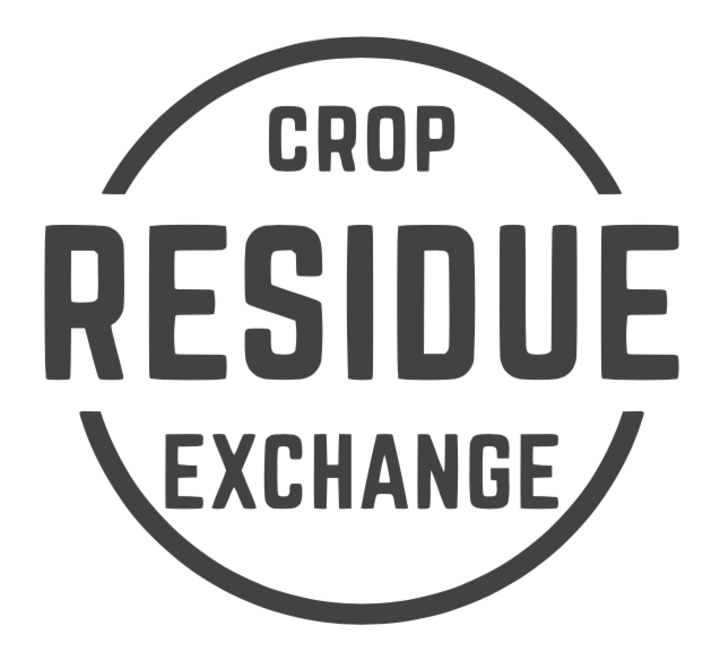The Crop Residue Exchange came online in August 2017 and was designed to increase the convenience and accessibility of grazing crop residues. This online exchange assists corn and other crop producers to market crop residue to cattle producers. This interactive, online tool helps farmers and cattle producers connect and develop mutually beneficial agreements to use crop residue and forage cover crops for grazing.
Getting Started with the Crop Residue Exchange

After establishing a log-in account, farmers can list cropland available for grazing by drawing out the plot of land available using an interactive map and entering basic information about the type of residue, fencing situation, water availability, and dates available. The land available for grazing is described as “Residue Type” (corn, wheat, sorghum, other). Pricing can be listed as a “cost per acre” or a “cost per head per day”. Farmers can also provide their preferred contact information. Livestock producers can search the Crop Residue Exchange database for grazing available within a radius for the location of interest, but must be logged in to view the contact information attached to each listing.
Crop producers who have previously listed crop residue available for grazing are encouraged to log in and update their listings on the Crop Residue Exchange for the 2020-2021 fall and winter grazing season. Livestock producers can save their searches and receive an email notification when a crop producer lists something matching their criteria. In the past, there has been more searching for crop residue than available crop residue listings. When a crop producer creates a new listing, odds are good that livestock producers will receive an email letting them know.
The Crop Residue Exchange has expanded the geographical reach to include large portions of the states that surround Nebraska. Crop producers in much of Iowa, Missouri, Kansas, Colorado, Wyoming, and South Dakota can now list fields they have available for grazing. This makes it easier to use and link cattle producers with available grazing resources.
Development of the Crop Residue Exchange was made possible with funding support from Nebraska Extension and the Northern Plains Climate Hub.

